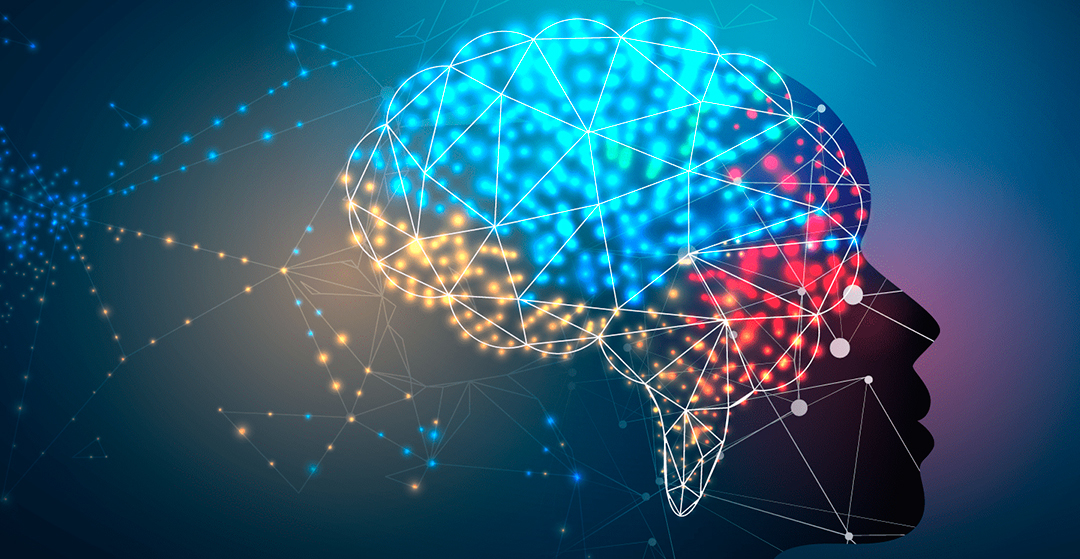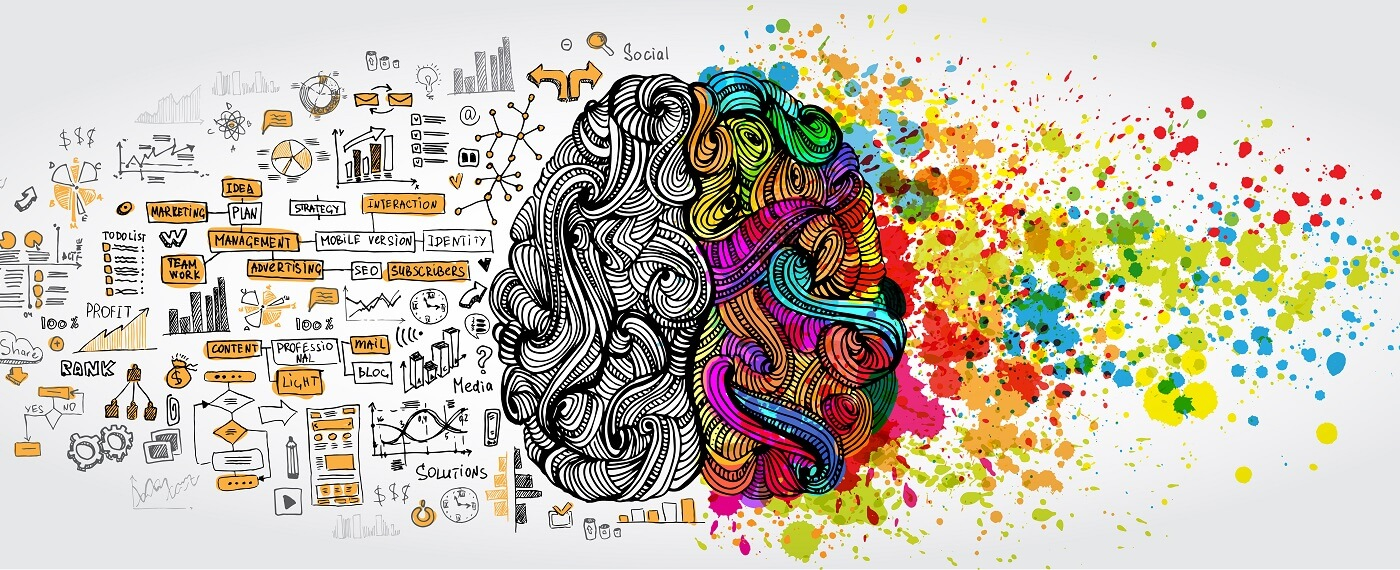
In marketing area, concepts such as target audience, strategies, social networks, web pages and many other things that are being incorporated, but…
What happens to those things that are not so tangible and still condition the decision to purchase a product or service?
One of them is color psycology
Our mind associates many colors with different emotions or situations.
This association of colors is internalized but they are more for "everyday" situations, which is why we see so much red every February 14.
The problem is when it's time to think about what color to choose for a brand and consequently the one that will appear in all the graphics of its campaigns.
That is already more complicated and the color psychology give us a helping hand so as not to make a mistake choosing a color that does not represent us. After all, the correct choice of a color can help us achieve a more persuasive corporate and promotional image or not.
The Psychology of color is a branch of psychology that is responsible for analyzing the emotions that colors transmit in people. It is from this study that a meaning is associated with each color according to the effect it causes on human perception and behavior.
People are usually guided by emotions so choosing the right color will mean a greater possibility of purchase.
THE COLORS AND THEIR MEANING
WHITE
The color of purity par excellence.
Represents: Cleanliness, tranquility, peace, neatness
BLUE
One of the emotions most conveyed by the color blue is trust. Therefore, it is not surprising that it is a color typical of the banking and health sectors. In addition, it is also present in many other technological brands.
Represents: Sympathy, professionalism, freedom, trust.
RED
Undoubtedly one of the most intense colors on an emotional level.
Due to its great ability to attract attention, this color is used in prohibition signs as well as in erotic products.
The psychology of the red color transmits more strength and energy. That is why it is very suitable for brands such as cars, motorcycles, energy drinks and/or extreme sports.
Represents: Danger, aggressiveness, dynamism, passion.
ORANGE
It is a very vital color associated with youth and fun.
Brands that use this color convey a fun, happy, carefree attitude and a youthful approach.
Represents: Youth, dynamism, joy, fun.

YELOW
Yelow color psychology symbolizes happiness, fun and friendliness.
This is because it is the color that reminds us of sunlight and therefore stimulates our mind, body and emotions.
It is an effective color to attract attention because it stimulates mental and physical activity.
Represents: Intelligence, strength, creativity, concentration, optimism.
GREEN
One of the colors that most conveys the feeling of calm and the color of nature par excellence.
The color green is related to life and health, so it is recommended to use it in medical products as well as gardening.
Represents: Harmony, growth, hope, relaxation.
PURPLE
Purple color symbolizes ambiguity as it is the result of the combination of red and blue, masculine and feminine; hence it is a relaxing color that conveys great spiritual strength and sensitivity.
Represents: Ambition, reflection, spirituality, mystery, meditation, sensuality.
PINK
Just as the color red is the color of strength and danger, pink is, without a doubt, the color that is most linked to delicacy and fantasy.
Represents: Sweetness, innocence, delicacy, femininity.
BLACK
Black color usually conveys negative sensations since it is related to death, something that is not very funny.
It is a color that, despite its ambiguous connotation, is and can be used for brands that want to convey:
Authority, strength, elegance, formality.
GREY
One of the more neutral colors on this list.
It is a widely used color in the typography of a logo since its neutral character complements very well with most other colors.
In some cases it is also represented in technology or car brands such as Apple or Nissan since it can convey the sensation of metallic or chrome.
Represents: Authority, respect, stability, sobriety, tenacity, tranquility.
On the other hand it also represents conformism, doubt and melancholy.


